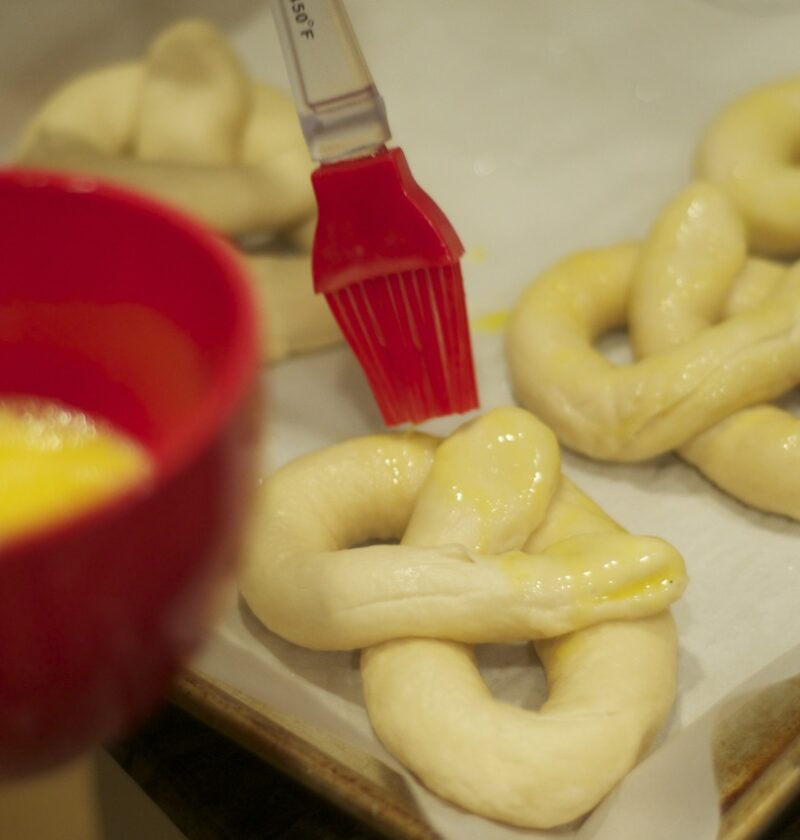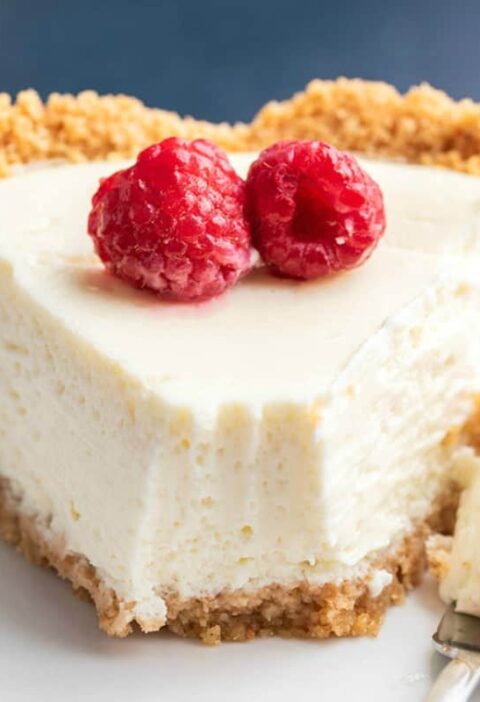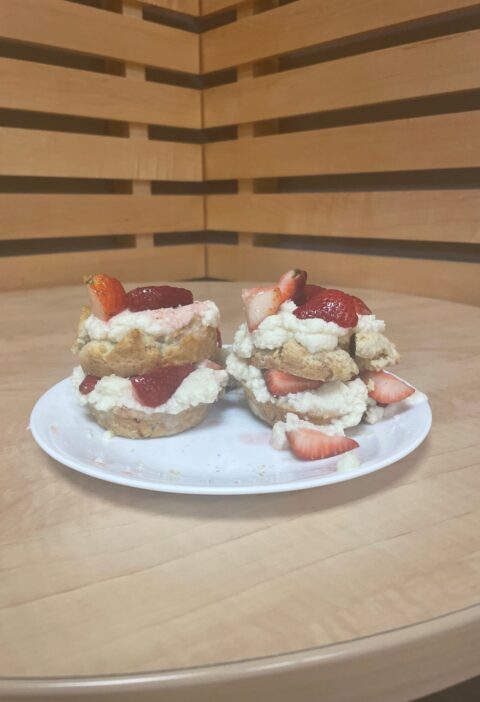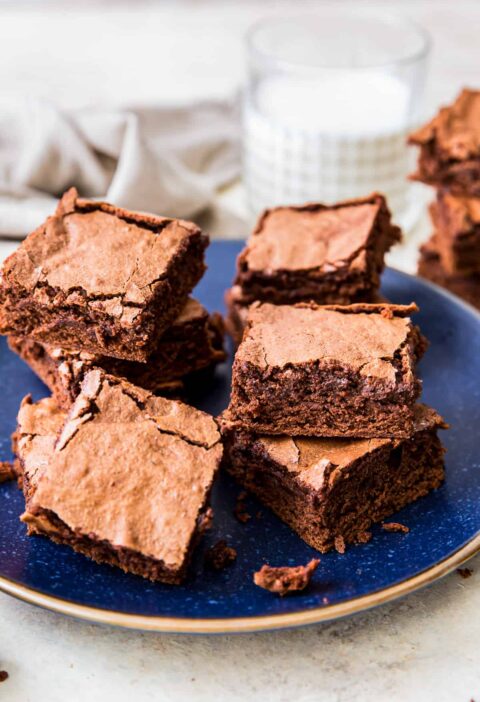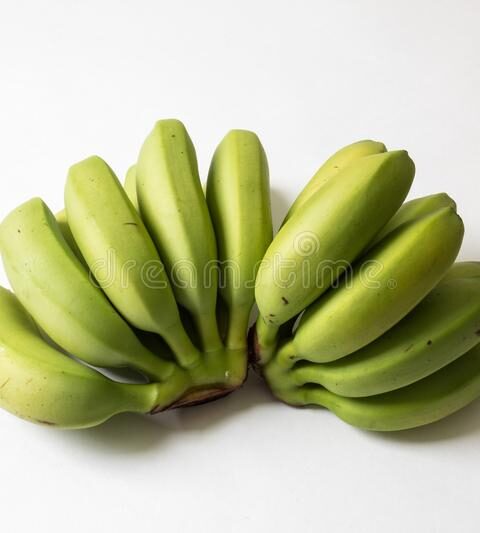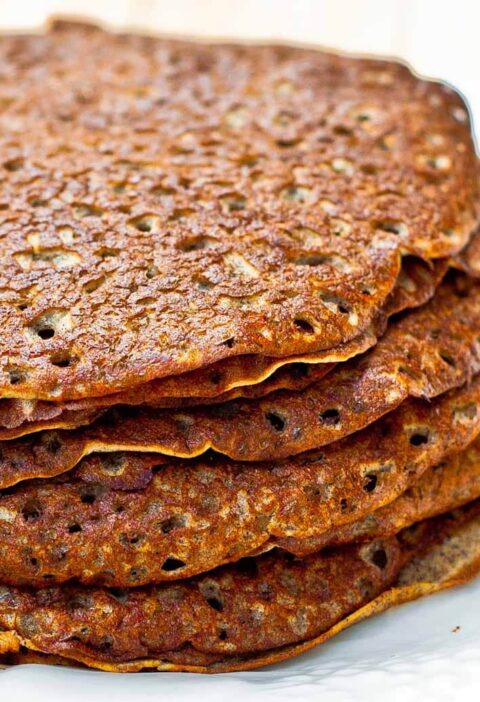Removing the baking soda bath, and egg wash:
Another interesting aspect involved in the process of making soft pretzels is the prep that happens right before the bites go into the oven. The pretzels are dropped into a baking soda bath, where the purpose is to increase Maillard reaction, which is responsible for the browning of foods when cooked or baked. The rate of Maillard reaction is increased in basic conditions, and also when we increase the temperature of the reaction. The baking soda is not used to lift or fluff the pretzels, but to change the texture and appearance of the outside. By dunking the pretzels into the baking soda bath, the surface of the pretzel is slightly more basic, so when the pretzels are exposed to the heat of the oven, the baking soda reacts with the heat, causing a reaction between the amino group and reducing sugars. This reaction gives the pretzel their recognizable, rich, brown color. It’s likely if we didn’t include this step, the pretzels would go into the oven and come out looking white and uncooked.
The final principle we will be testing involves the egg wash on the pretzels. This egg wash also invokes a Maillard reaction, aiding in the color of the pretzels while also giving them a crunchy and hard outside. The egg contains proteins necessary for browning, thus, it is brushed on the outside right before the pretzels go in the oven. We whisk the eggs to loosen and unravel the chains of proteins, which helps further the Maillard reaction. It’s likely if we removed this step, that it would have a similar reaction as the former suggestion; these pretzels likely wouldn’t turn brown on the outside and would still have the same doughy color as when they went in the oven.
~ ~ ~ ~ ~ ~ ~ ~ ~ ~ ~ ~ ~ ~ ~ ~ ~ ~ ~ ~ ~ ~ ~ ~ ~ ~ ~ ~ ~ ~ ~ ~ ~ ~ ~ ~
Learn about the science of pretzels! Click here
Read how substituting baking soda and honey for yeast might affect the pretzels! Click here
Return to original recipe.
